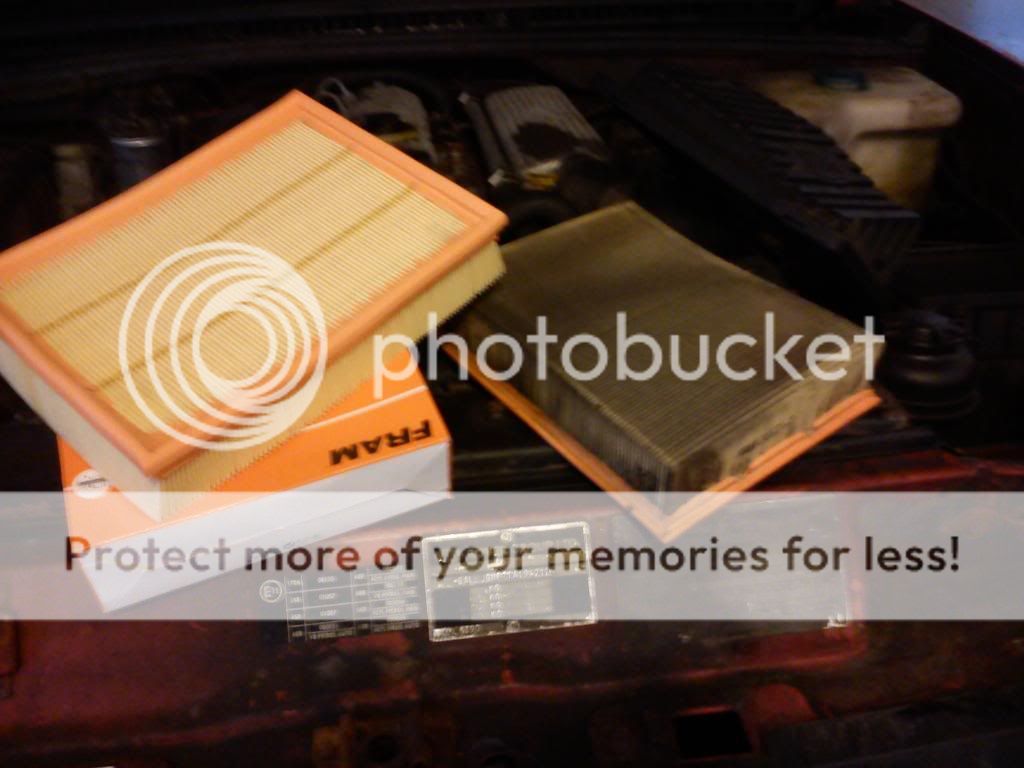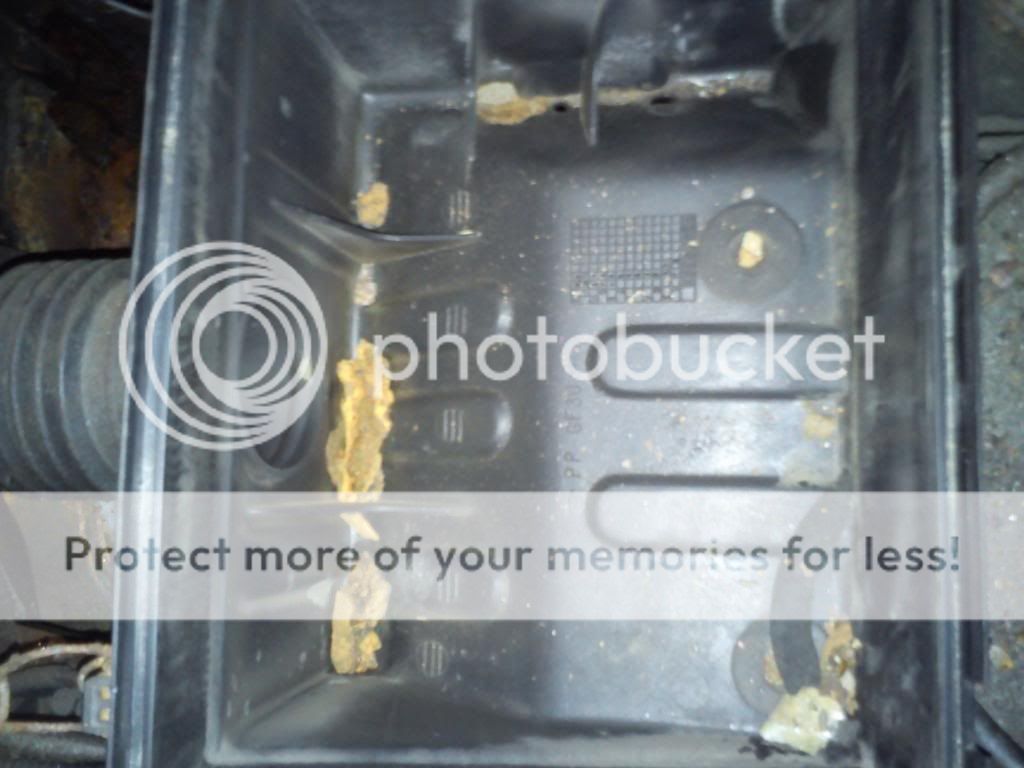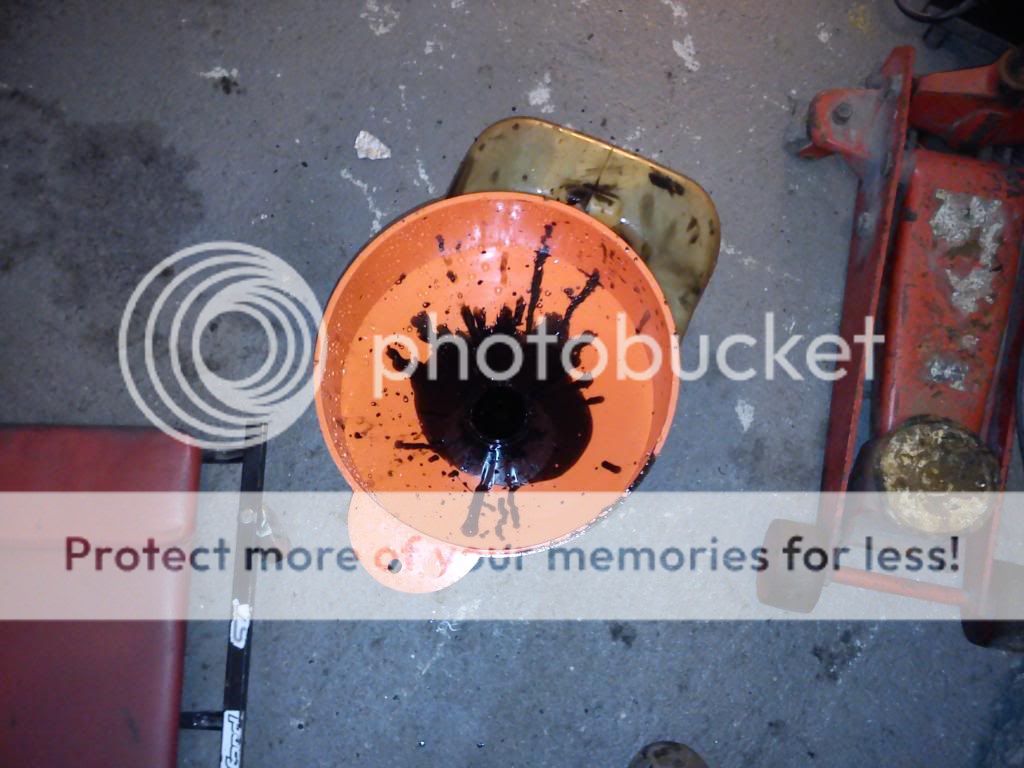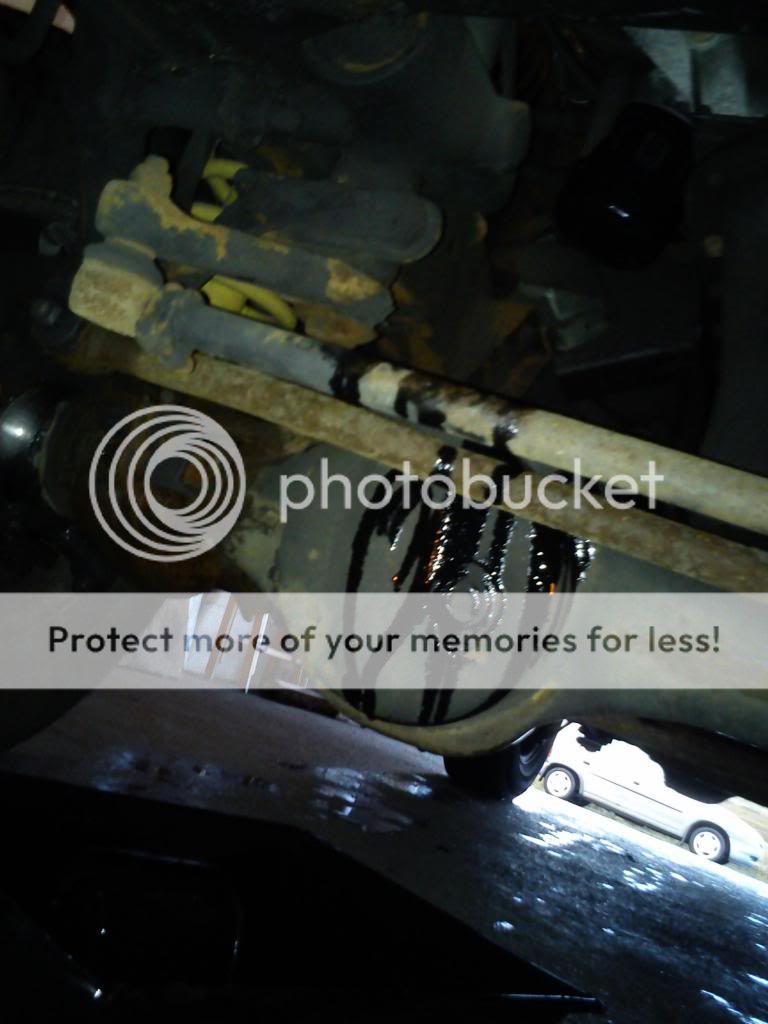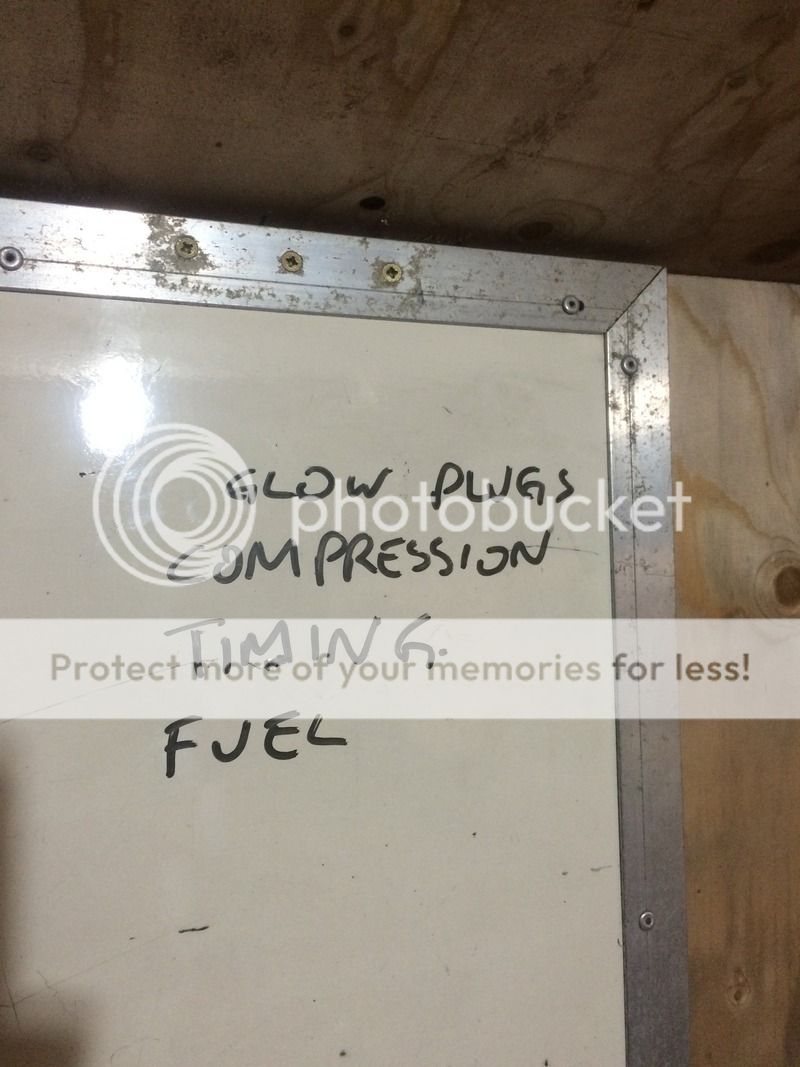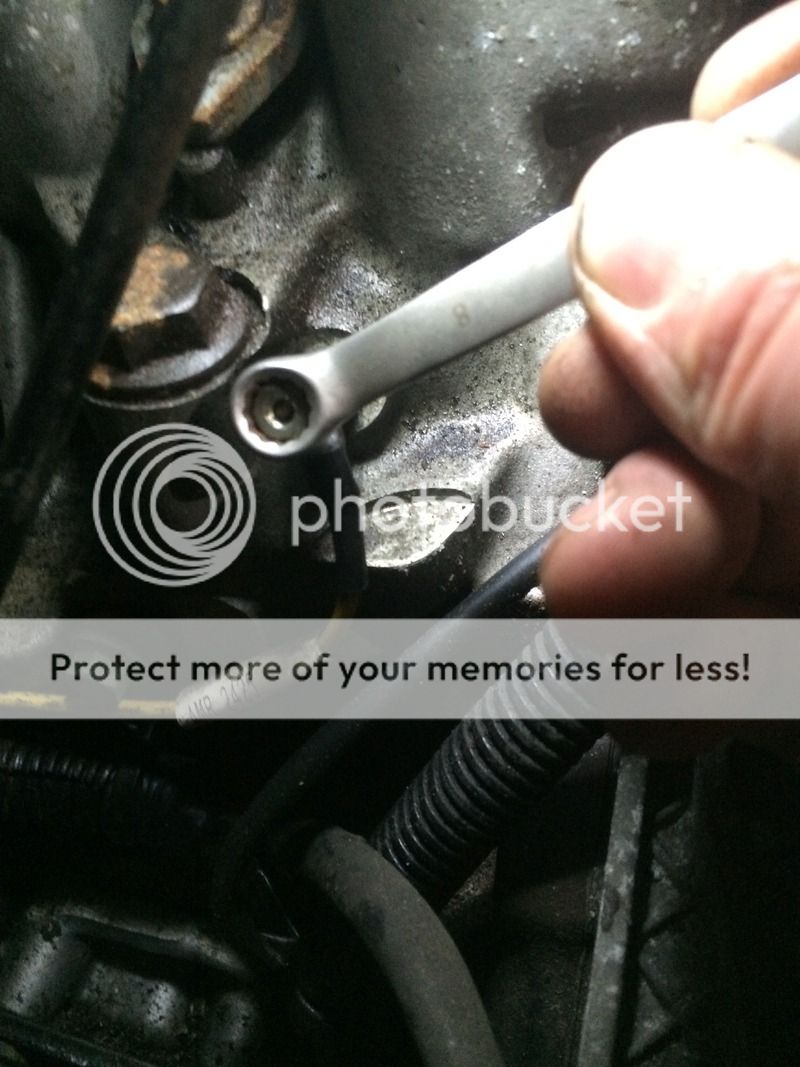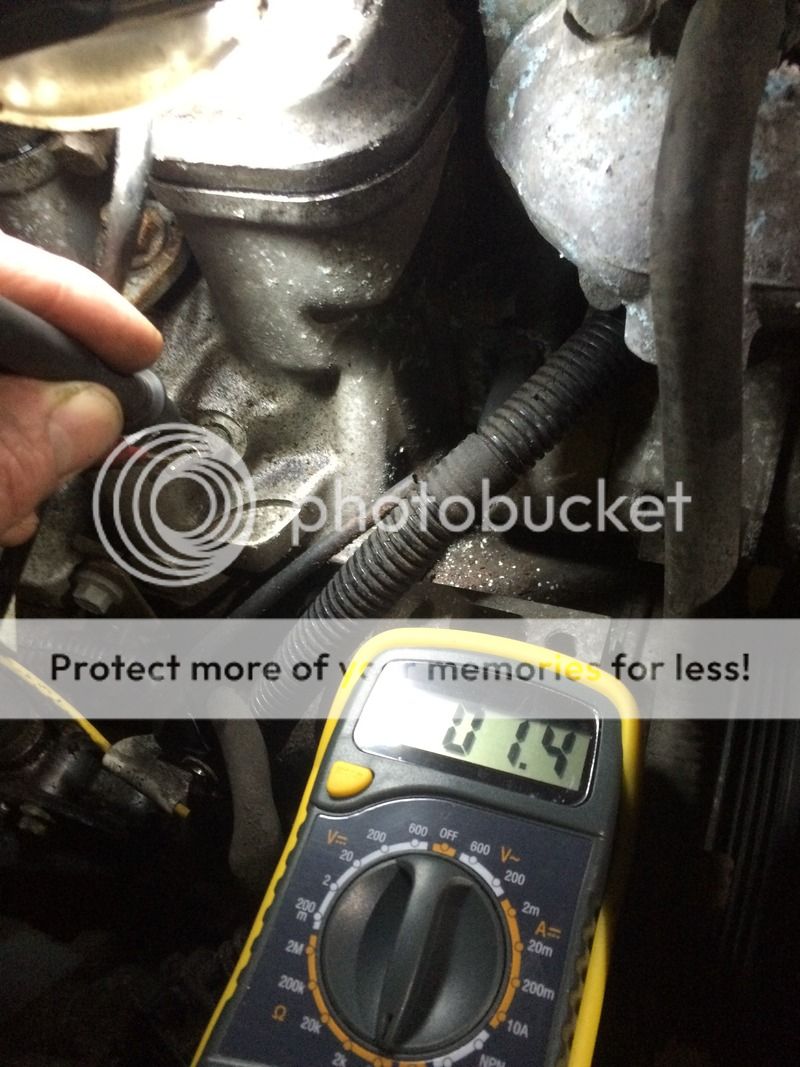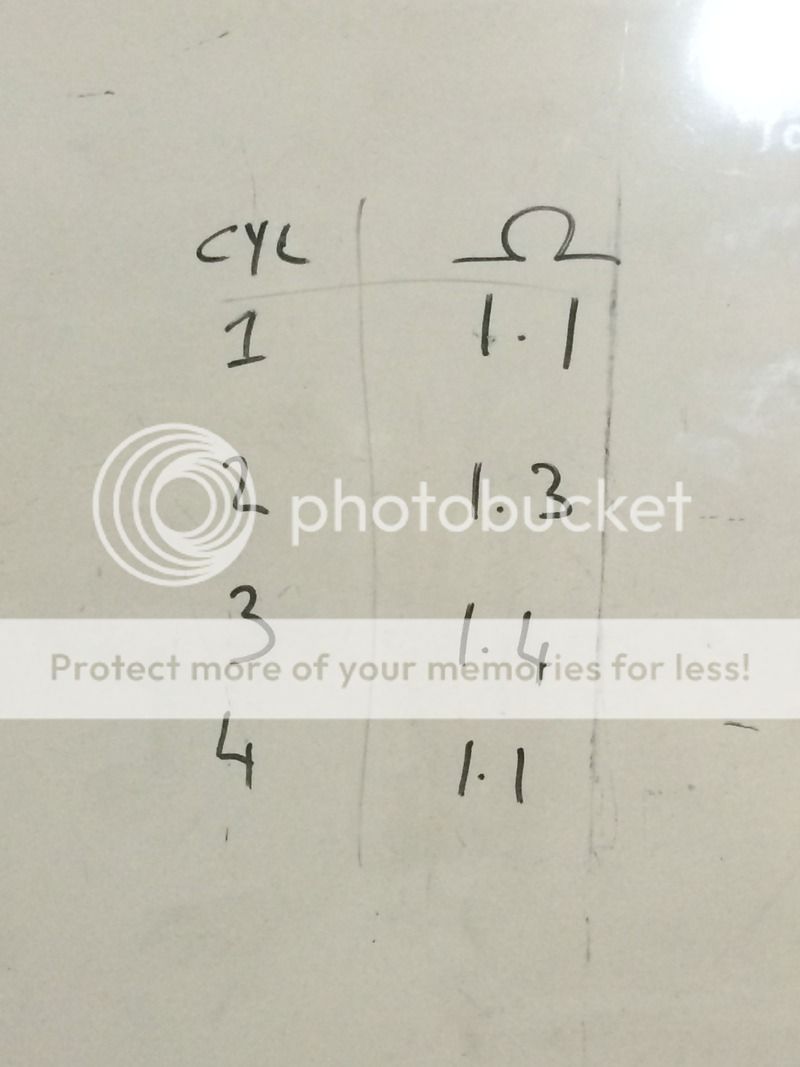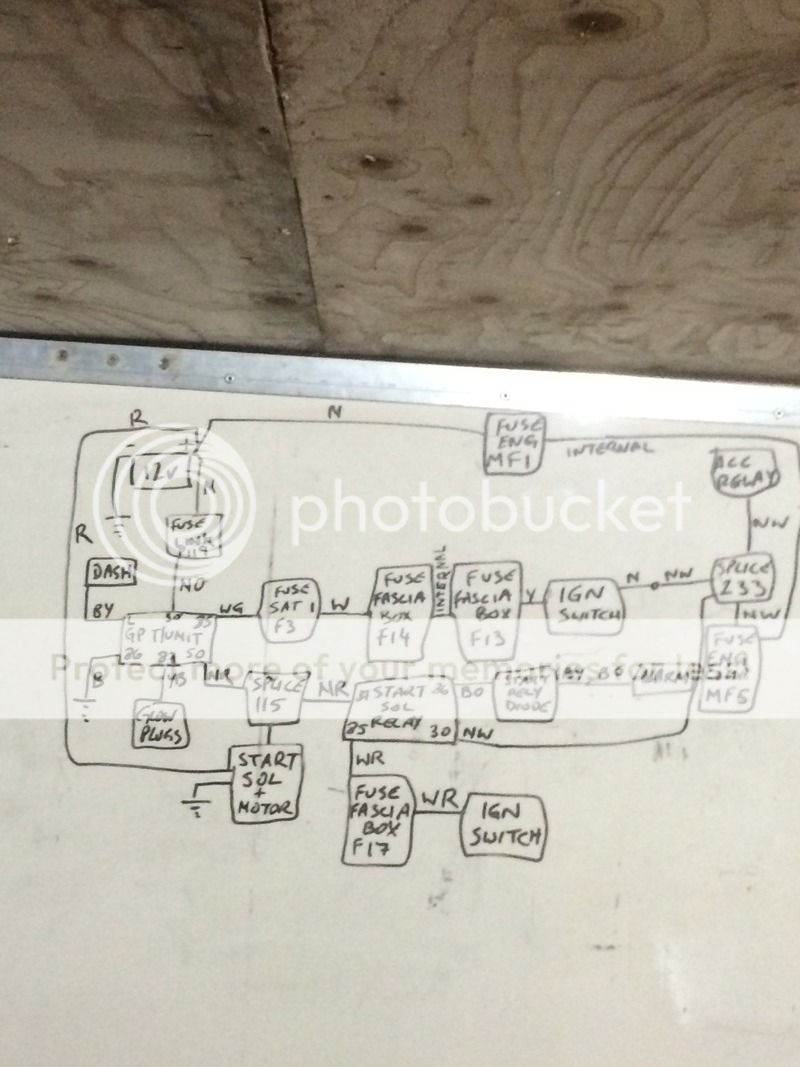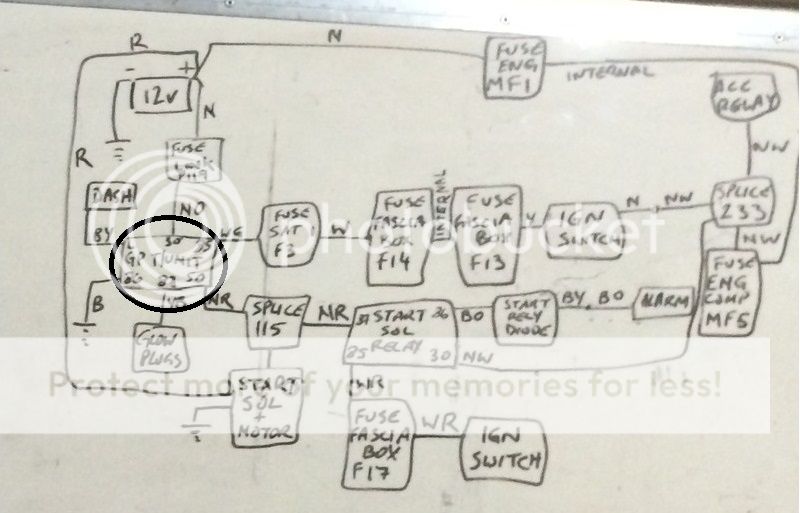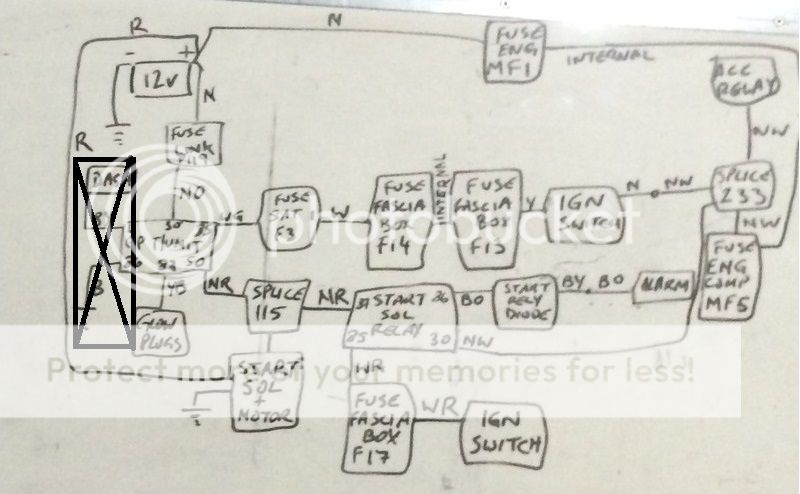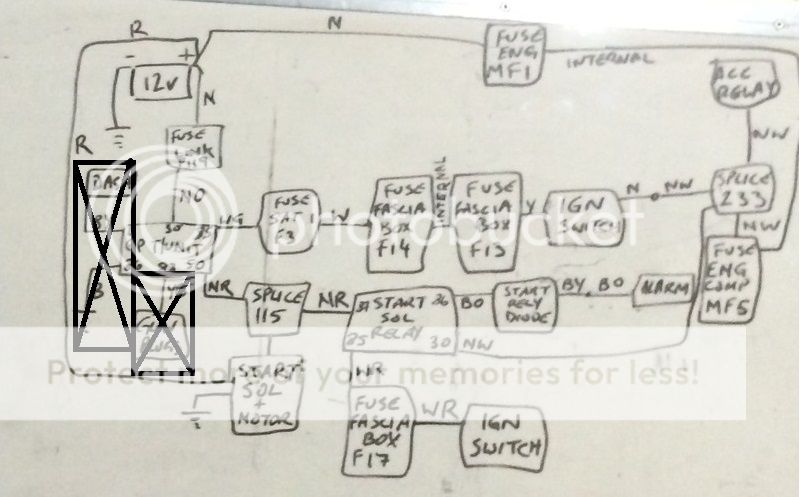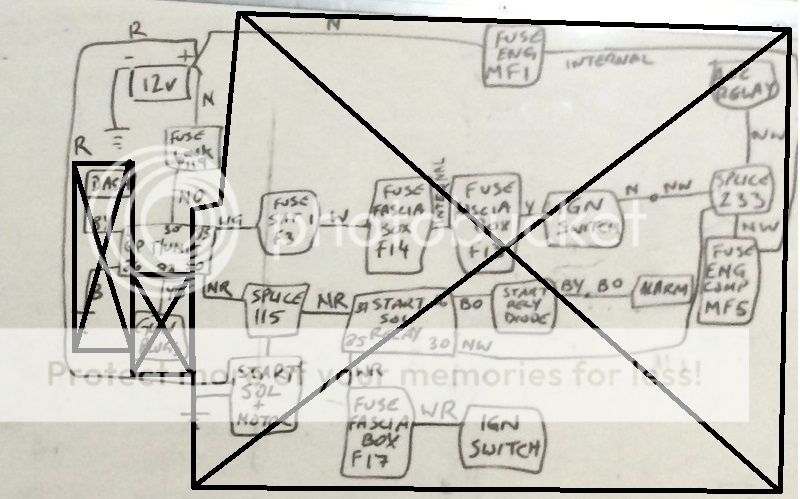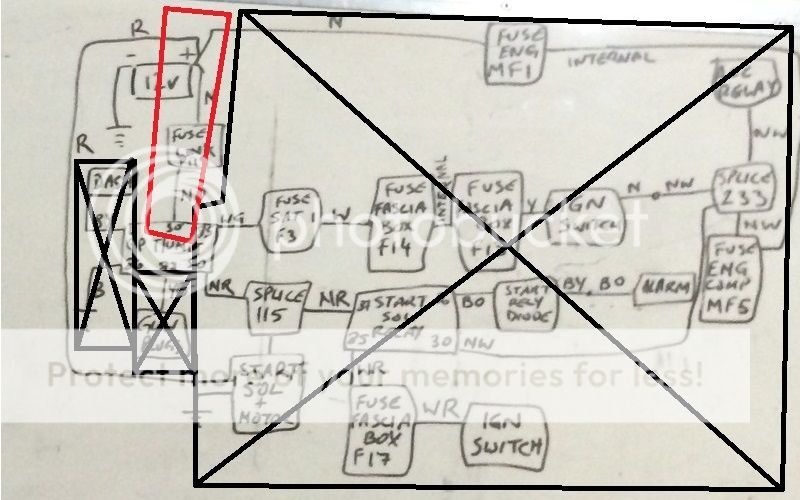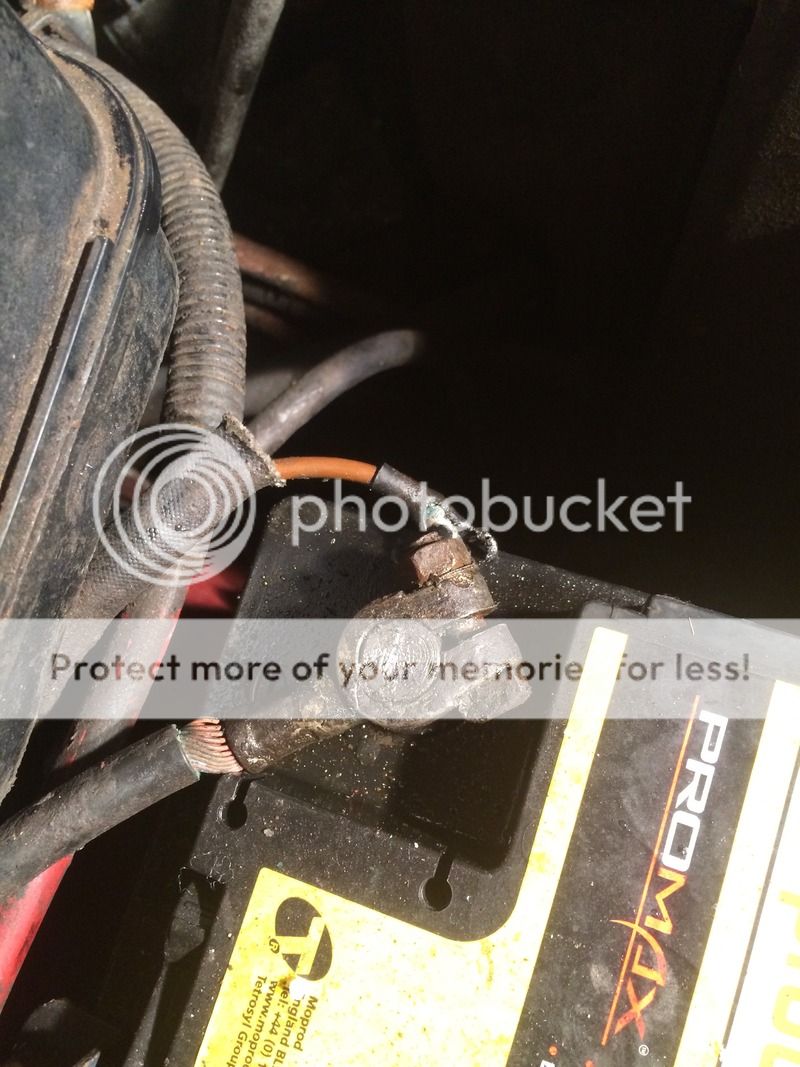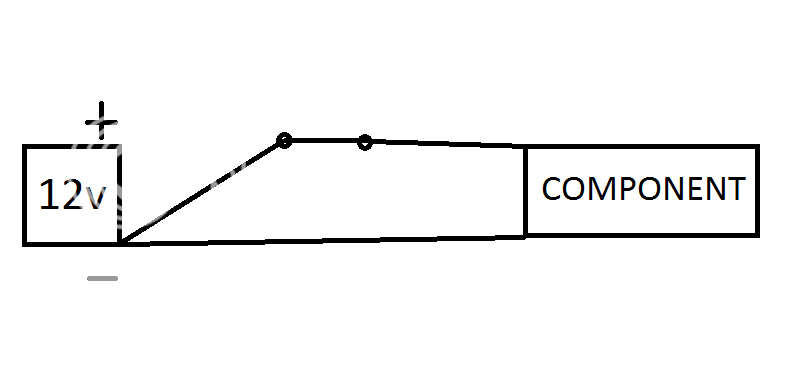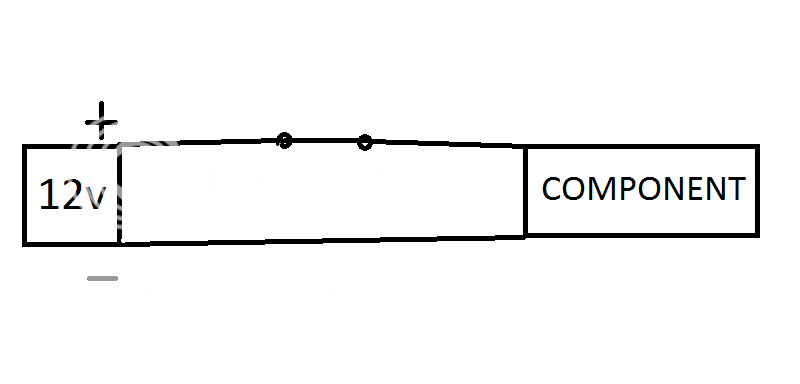Dan_Trials
Well-Known Member
- Posts
- 2,546
I was happily saving up for a galv chassis for my Defender when almost all at the same time the Missus' car packs in (and she does a lot of driving for her job, no vehicle = no work), we get word that snow is on the way and my mate phones to say he's selling everything, including his Discovery. Had a good look round it and we settled at £1K, which when you consider it's here on the island already so removes the cost and hassle of going away etc and we needed a vehicle asap I was very happy with that. N reg, 300TDi manual, no sun roofs - but still leaks  !
!




First job was to give hersel a wee driving lesson as she was working at 7:30 in the morning and it was already snowing, so off we go for a spin looking for as many ungritted roads as possible It was at this point, sitting in the passenger seat I notice the window is down about 3/4 inch, I give the button a quick press and hear the sound of an electric motor trying to move. Ah well, light up a ciggy then, make use of an open window! The Dorris got on fine whit her driving and promptly did over 200 miles the next day.
It was at this point, sitting in the passenger seat I notice the window is down about 3/4 inch, I give the button a quick press and hear the sound of an electric motor trying to move. Ah well, light up a ciggy then, make use of an open window! The Dorris got on fine whit her driving and promptly did over 200 miles the next day.
That night we left for a visit to her mother's, slowed down at end of driveway and the driver side headlight falls out! :rofl: Couple cable ties later and sorted.
Next day in town, starts raining and me passenger side wiper goes on strike! ound: New wiper linkage ordered.
ound: New wiper linkage ordered.
Had a look at the N/S/F window reg and found it like this: :bounce:
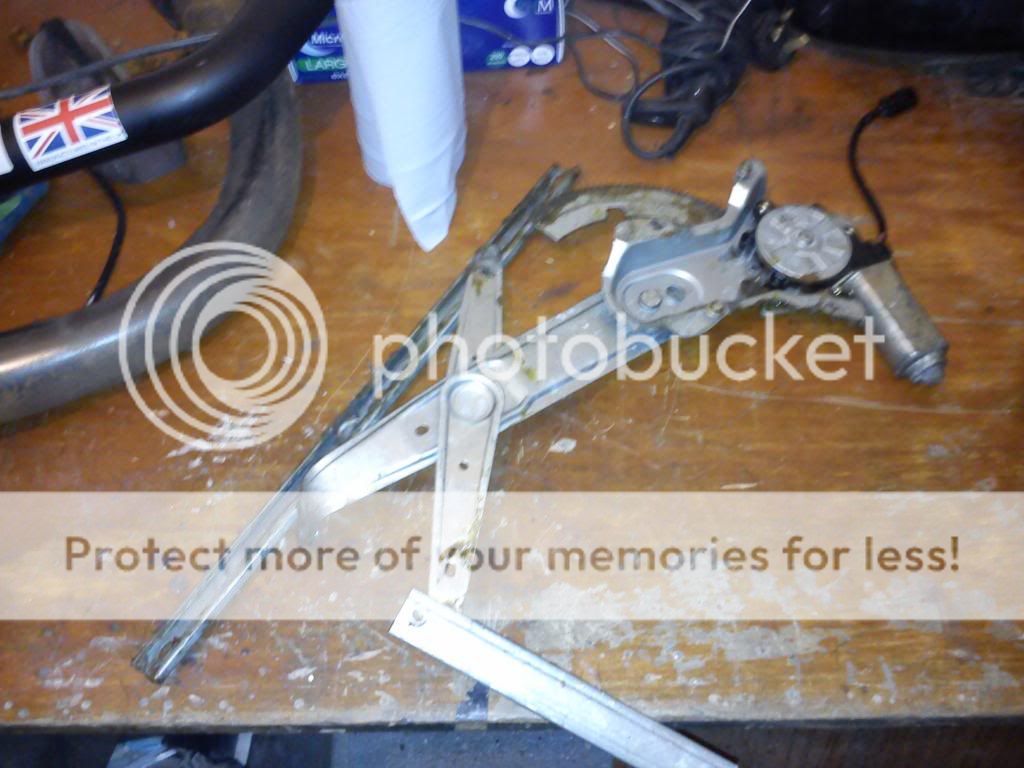
So I decides I best do a wee service since things are going so well. It was a bit sluggish to start, like the fuel was running back so I decided to do the fuel system first. Bled the water trap, plenty gunk came out of it. Started loosening the bolt to drop the bowl off but then thought I best no disturb it since I don't have any replacement seals or anything and it don't look like it been touched in a long time so the ones on it will probably fall apart. Just left it to drain while I done the rest. Popped the top off the fairly new looking Delphi lift pump and cleaned the gauze, it wasn't that bad but there was a blade of grass in there :confused2: Then changed the main fuel filter, closed the tap on the sedimenter and started bleeding it. Which took a very long time and even once I got it running it was still pulling in air. Checked the sender unit, looks pretty new and all is dry. I don't know why but something told me it must be the sedimenter. So after nearly all day spent trying to find the leak somewhere else and generally not admitting that it broke because I touched it I decided to bypass it. Opened the bleed screw, bit of pumpy pumpy and fired her up and it's running great!
I decided to bypass it. Opened the bleed screw, bit of pumpy pumpy and fired her up and it's running great!
Hopefully my oil change will go smoothly :hysterically_laughi




First job was to give hersel a wee driving lesson as she was working at 7:30 in the morning and it was already snowing, so off we go for a spin looking for as many ungritted roads as possible
That night we left for a visit to her mother's, slowed down at end of driveway and the driver side headlight falls out! :rofl: Couple cable ties later and sorted.
Next day in town, starts raining and me passenger side wiper goes on strike!
Had a look at the N/S/F window reg and found it like this: :bounce:

So I decides I best do a wee service since things are going so well. It was a bit sluggish to start, like the fuel was running back so I decided to do the fuel system first. Bled the water trap, plenty gunk came out of it. Started loosening the bolt to drop the bowl off but then thought I best no disturb it since I don't have any replacement seals or anything and it don't look like it been touched in a long time so the ones on it will probably fall apart. Just left it to drain while I done the rest. Popped the top off the fairly new looking Delphi lift pump and cleaned the gauze, it wasn't that bad but there was a blade of grass in there :confused2: Then changed the main fuel filter, closed the tap on the sedimenter and started bleeding it. Which took a very long time and even once I got it running it was still pulling in air. Checked the sender unit, looks pretty new and all is dry. I don't know why but something told me it must be the sedimenter. So after nearly all day spent trying to find the leak somewhere else and generally not admitting that it broke because I touched it
Hopefully my oil change will go smoothly :hysterically_laughi

